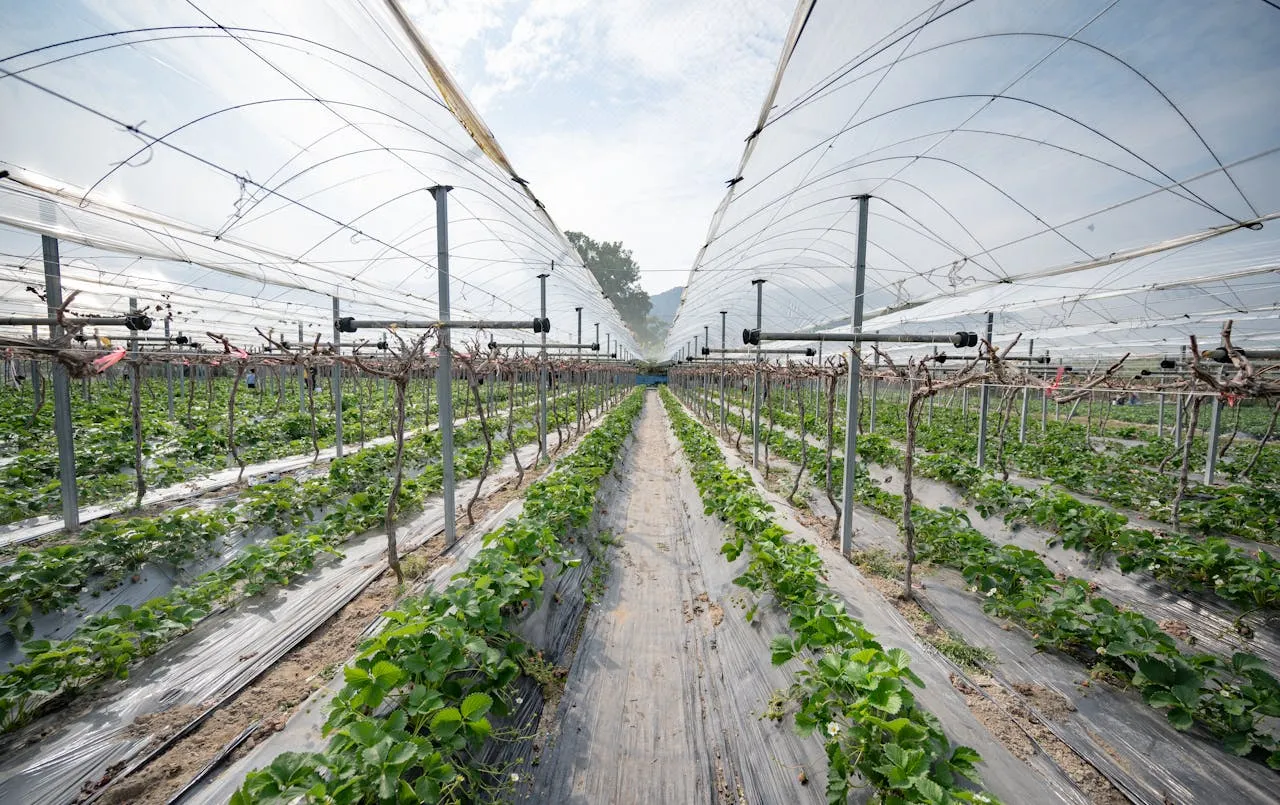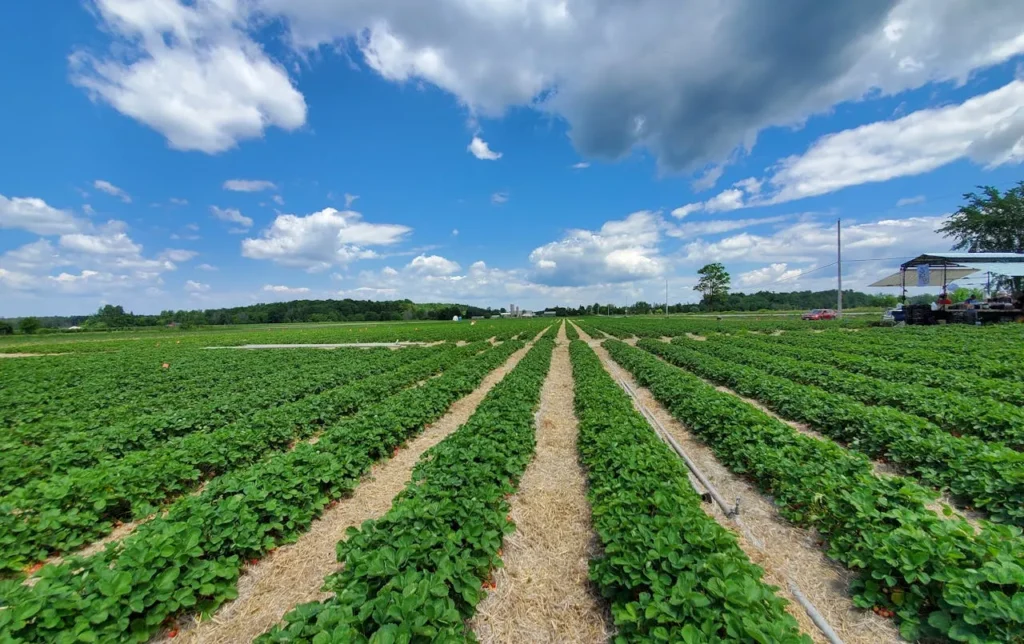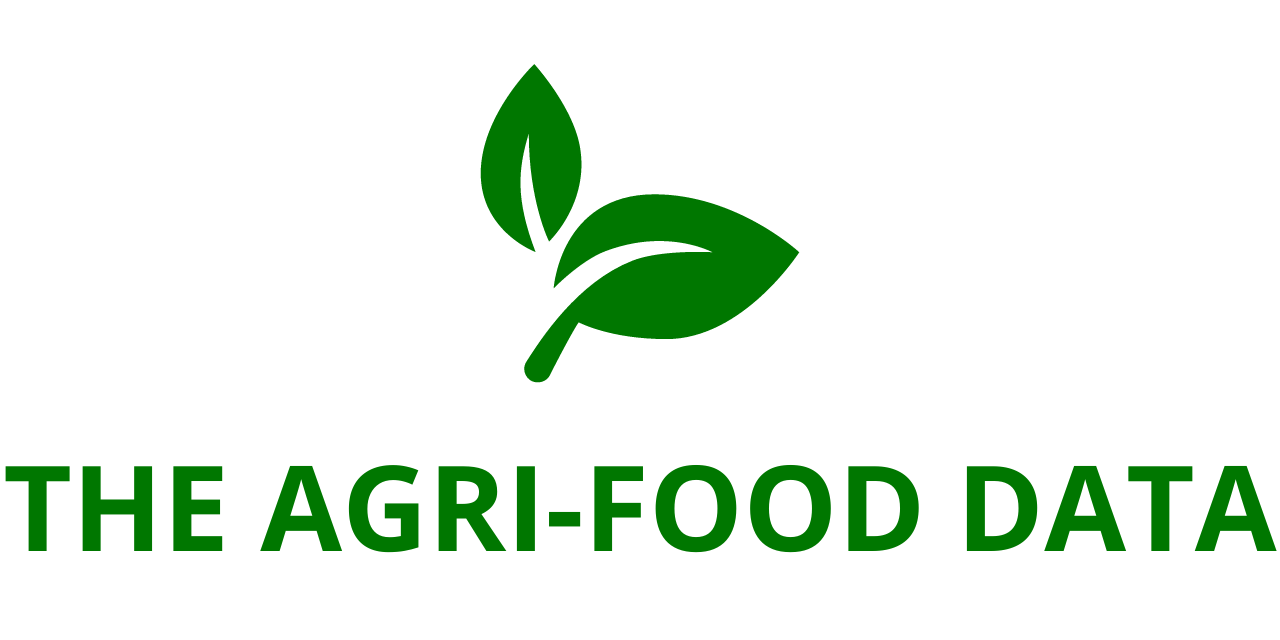
A new industry report titled “Data Management and Analysis Market for Agritech – A Global and Regional Analysis: Focus on Data Capturing Methods and Supporting Technologies, Application, Product, and Regional Analysis – Analysis and Forecast, 2025-2035” has been added to ResearchAndMarkets.com. The findings reveal a rapidly growing market driven by the global push for sustainable agriculture, climate resilience, and food security.
According to the report, the market was valued at USD 3.57 billion in 2025 and is expected to grow to USD 10.24 billion by 2035, reflecting a strong compound annual growth rate (CAGR) of 11.1%.
Drivers of Market Growth
The growth of agritech data management and analysis solutions is strongly linked to the evolving challenges faced by global agriculture. Farmers today must manage unpredictable weather, emerging pest threats, and rising production costs while also reducing environmental impacts. Digital technologies have emerged as a necessity rather than a luxury, providing farmers with actionable insights to optimize yield, minimize waste, and improve resource use.
One of the strongest market drivers is climate change, which has disrupted traditional agricultural practices and increased the risks associated with weeds, pests, and volatile weather conditions. Governments and private organizations are accelerating investments in digital farming solutions to address these challenges. Moreover, sustainability and food security remain top priorities, pushing agribusinesses toward adopting advanced data-driven methods.
The diversification of applications has also supported growth. While precision crop farming has traditionally been the most visible use case, digital agriculture is now expanding into livestock management. For example, in 2024, U.S.-based Precision Livestock Technologies launched an AI-powered feed intake monitoring solution, allowing farmers to refine cattle nutrition strategies using predictive analytics.
Challenges in Adoption
Despite its strong momentum, the market faces several challenges. High upfront costs and the uncertainty of return on investment (ROI), particularly for small and medium-sized farms, remain significant barriers. Additionally, fragmented standards and interoperability issues make it difficult for different digital tools and devices to communicate seamlessly. Without universally accepted protocols, the benefits of integration can be limited.
However, growing government support, combined with ongoing innovation from technology providers, is helping the industry address these obstacles. Subsidies, pilot projects, and partnerships are increasingly bridging the gap between adoption costs and measurable benefits for farmers.
Precision Farming Takes the Lead
Among applications, precision farming dominates the market. This approach leverages GPS, IoT, and remote sensing technologies to deliver exact inputs—whether water, fertilizer, or pesticides—at the right time and location. By doing so, it minimizes waste and maximizes efficiency, delivering higher profitability compared to conventional farming practices.
Precision farming also plays a crucial role in sustainability. Site-specific crop management (SSCM) reduces soil erosion, water use, and greenhouse gas emissions, directly contributing to climate change mitigation. Farmers can now achieve higher yields without expanding farmland, supporting both productivity and environmental conservation.
Technological innovation continues to push the boundaries of what precision farming can achieve. For instance, in 2025, DJI Brazil launched “Software Drone Powered Farming” at Agrishow 2025. The software integrates drone-based spraying, mapping, and analytics, expanding the role of drones from field monitoring to full-scale digital field operations.

Full-Stack Digital Platforms Dominate
By solution type, full-stack digital farming platforms are increasingly in demand. These platforms provide an integrated ecosystem covering the entire agricultural value chain—from data collection and agronomic analysis to farm operations, input procurement, supply chain coordination, and market linkages. Unlike single-purpose tools such as yield prediction apps, full-stack platforms create a unified “single source of truth” for farmers, agronomists, and agribusinesses.
Such solutions reduce fragmentation by combining precision agriculture with financial tools, advisory services, and marketing channels. An example is Granular Insights by Corteva Agriscience, a farm management software designed to track profitability and enhance collaboration between growers and advisors. With features like satellite imagery and historical yield data, it allows farmers to make informed, real-time decisions.
Regional Outlook: North America Leads
North America currently dominates the global agritech data management and analysis market. The region’s leadership is fueled by its focus on sustainability, food security, and climate-smart agriculture. Significant government initiatives and private-sector investment are propelling digital adoption at scale.
The United States has emerged as a frontrunner. In 2022, the U.S. government allocated $3.1 billion to climate-smart commodity partnerships, funding projects that incorporate digital agriculture. Canada is also advancing with its Canadian Agri-food Automation and Intelligence Network (CAAIN), backed by $49.5 million to support AI, robotics, and IoT-enabled agriculture. Meanwhile, Mexico is making strides through its 2024 AgTech program aimed at optimizing resource use and boosting digital adoption.
Recent Developments
Several recent innovations are reshaping the market:
- BASF integrated Xarvio Field Manager into farm operations in 2022 and in early 2025 unveiled a version tailored for fruits and vegetables in Europe and Turkiye.
- In August 2025, U.K.-based startup Spotta adapted its IoT pest-monitoring sensors to detect red palm weevil infestations in date plantations, showcasing the versatility of agritech solutions.
- Between 2023 and 2025, integration of multi-source data—ranging from soil sensors and satellite imagery to supply chain inputs—has become common, enabling comprehensive farm insights.
Competitive Landscape
The competitive landscape is evolving quickly as companies race to provide advanced analytics, real-time monitoring, and predictive modeling tools.
- In March 2025, Climate LLC (Bayer) launched a next-generation Climate FieldView module with machine learning-driven yield prediction and localized pest/disease risk modeling.
- In February 2025, TELUS Agriculture unveiled a fully integrated farm-to-food supply chain platform, addressing both productivity needs and traceability requirements.
- Semios, in partnership with Agworld, expanded its analytics suite in January 2025, combining pest trapping data with water stress monitoring for high-value orchard and vineyard crops.





